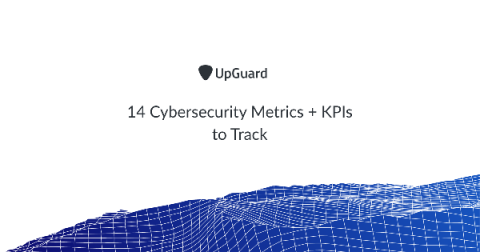ISA Global Cybersecurity Alliance: Your Expertise is Needed
The ISA/IEC 62443 series of standards, developed by the ISA99 committee and adopted by the International Electrotechnical Commission, provides a flexible framework to address and mitigate current and future security vulnerabilities in industrial automation and control systems. These standards not only address configuration weaknesses to harden systems against vulnerabilities, but they also help address design considerations for the infrastructure used to run industrial equipment.








